19 Diverse Bread Recipes from Different Cultures
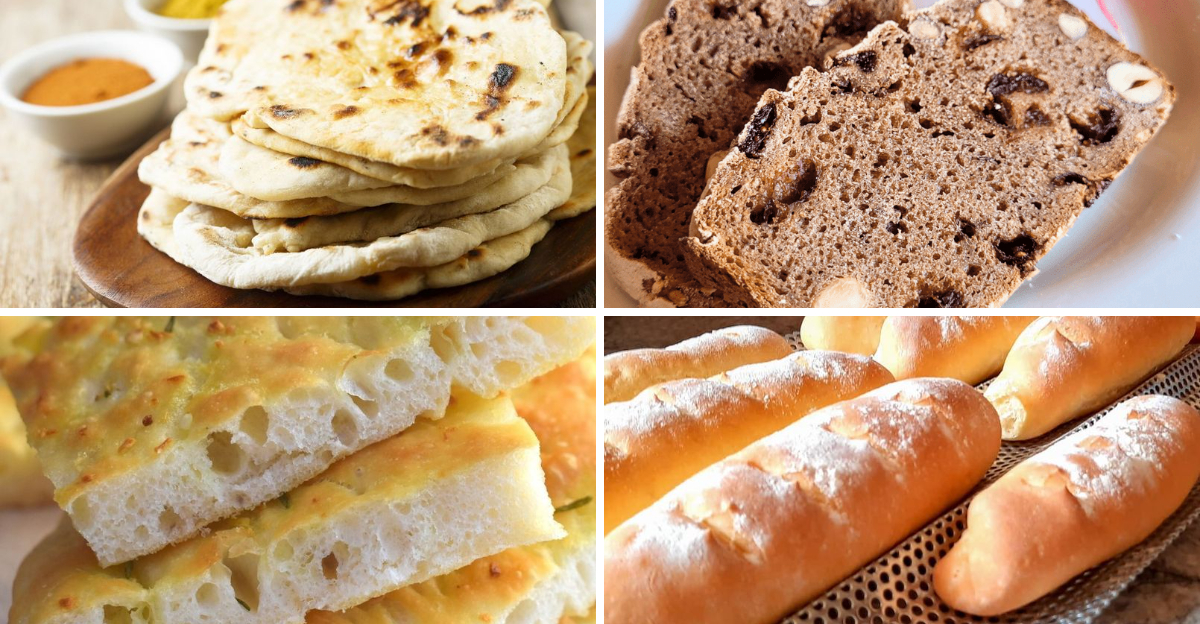
Bread is a staple food enjoyed in various forms across the globe. Each culture has its unique twist on this essential dish, offering a world of flavors and textures. From traditional loaves to innovative breads, these recipes showcase the diversity and creativity found in bread-making traditions. Whether you’re looking for something classic or an exciting new taste, these breads will inspire your culinary adventures. Explore these 19 diverse bread recipes that bring distinct cultural flavors to your kitchen.
1. Injera from Ethiopia
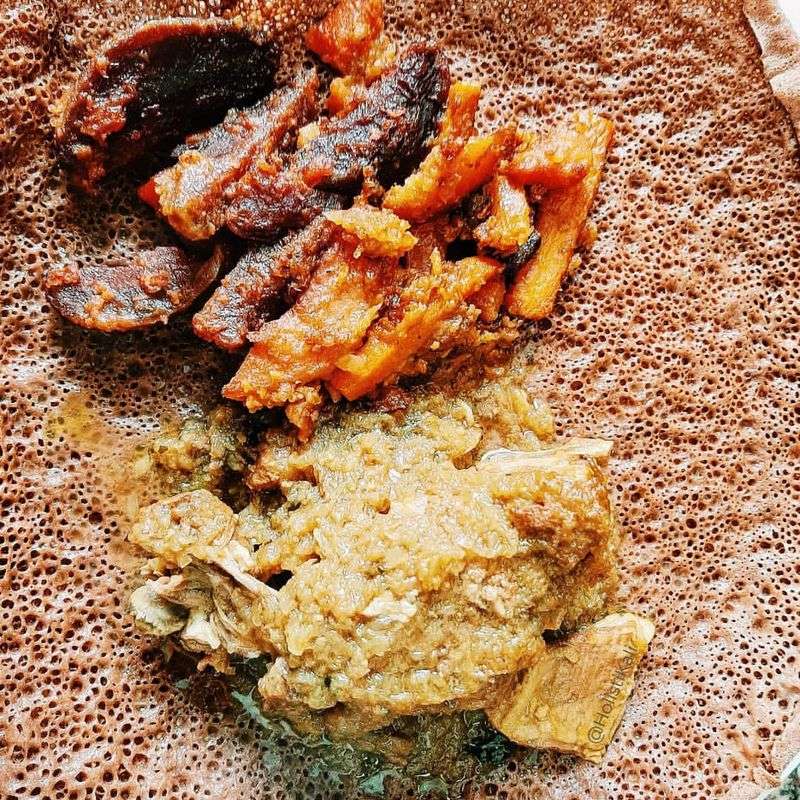
Injera is a sourdough flatbread integral to Ethiopian cuisine. Made from teff flour, it has a spongy texture excellent for scooping up stews. Start by mixing 200g of teff flour with 500ml of water and let it ferment for three days. This fermentation gives injera its distinct sour taste. When ready, pour a thin layer onto a hot griddle, cooking until bubbles form and burst. Serve with traditional Ethiopian dishes like doro wat. The fermentation process is essential, so don’t rush it. When cooking, ensure the batter is thin enough to spread easily. This bread not only complements meals but also serves as an eating utensil, making dining a hands-on experience.
2. Paratha from India
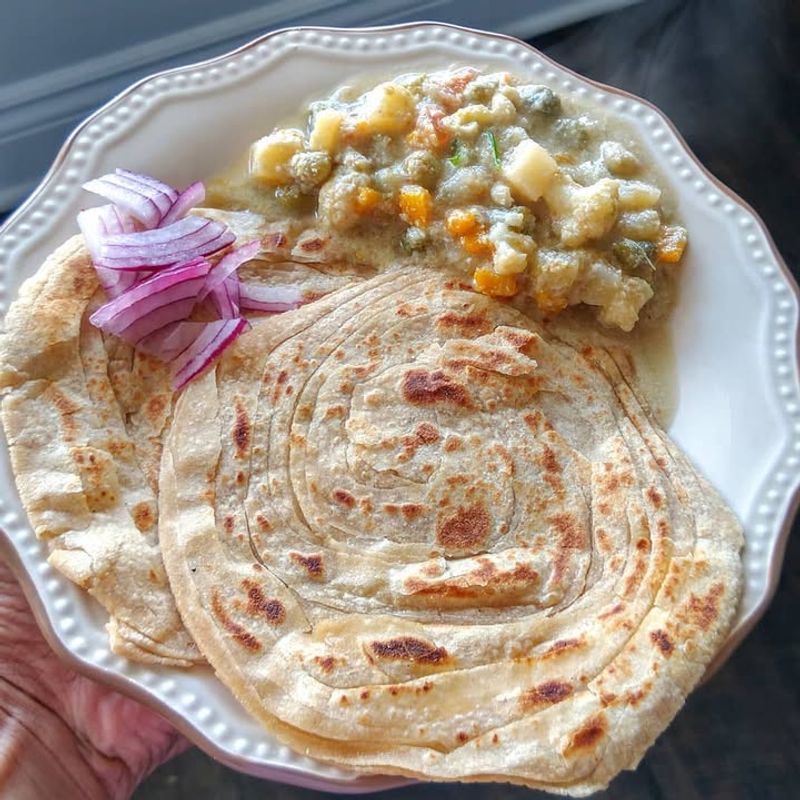
Paratha is a layered flatbread from India, known for its buttery taste and flaky texture. To make paratha, mix 300g of whole wheat flour, a pinch of salt, and enough water to form a dough. Let it rest for 30 minutes. Roll the dough into balls, flatten them, spread a tablespoon of ghee, fold, and roll again. Cook on a hot skillet, applying more ghee until golden brown. Parathas are versatile and can be stuffed with potatoes, paneer, or other fillings. Serve hot with yogurt or pickles. The secret to flaky parathas lies in the folding technique, which makes layers. Practice makes excellent with this delicious bread.
3. Banh Mi from Vietnam
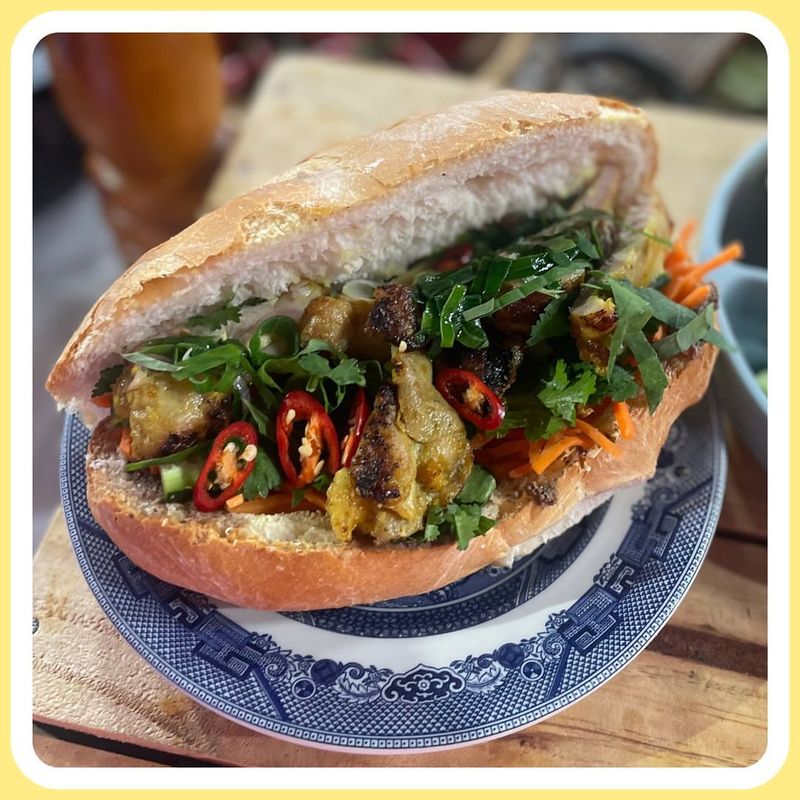
Banh Mi is a Vietnamese baguette with a crisp crust and airy interior. To make this, combine 500g of bread flour, 10g of salt, 7g of yeast, and 300ml of water. Knead until smooth and let rise for an hour. Shape into baguettes and let rise again. Bake in a preheated oven at 220°C until golden. The secret is in the steam, which ensures a crispy crust. Traditionally filled with meats, pickled vegetables, and herbs, banh mi is a delightful fusion of French and Vietnamese flavors. The balance of ingredients within the sandwich is key, with fresh cilantro and spicy chilies adding a distinctive kick.
4. Challah from Central and Eastern Europe
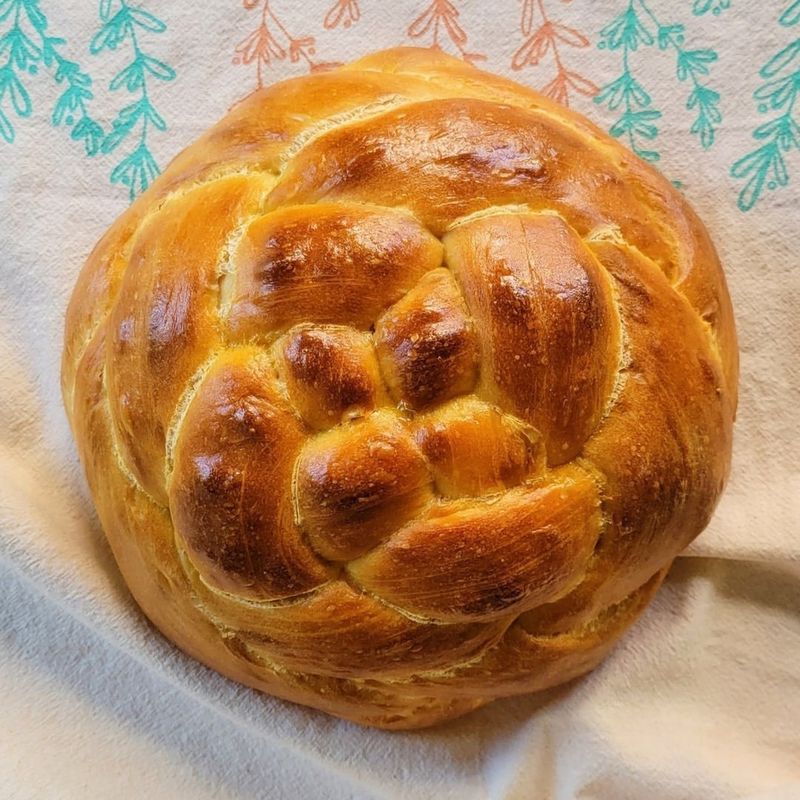
Challah is a beautiful braided bread. This rich, slightly sweet bread is made by mixing 500g of bread flour, 50g of sugar, 10g of salt, 10g of yeast, 2 eggs, 60ml of oil, and 200ml of water. Knead the dough until smooth, let rise, then braid into a loaf. Brush with egg wash and bake at 180°C until golden brown. The braiding symbolizes unity and togetherness. Challah is lovely for special occasions, thanks to its soft, fluffy texture. It pairs well with both sweet and savory dishes, making it versatile in any meal setting.
5. Lavash from Armenia
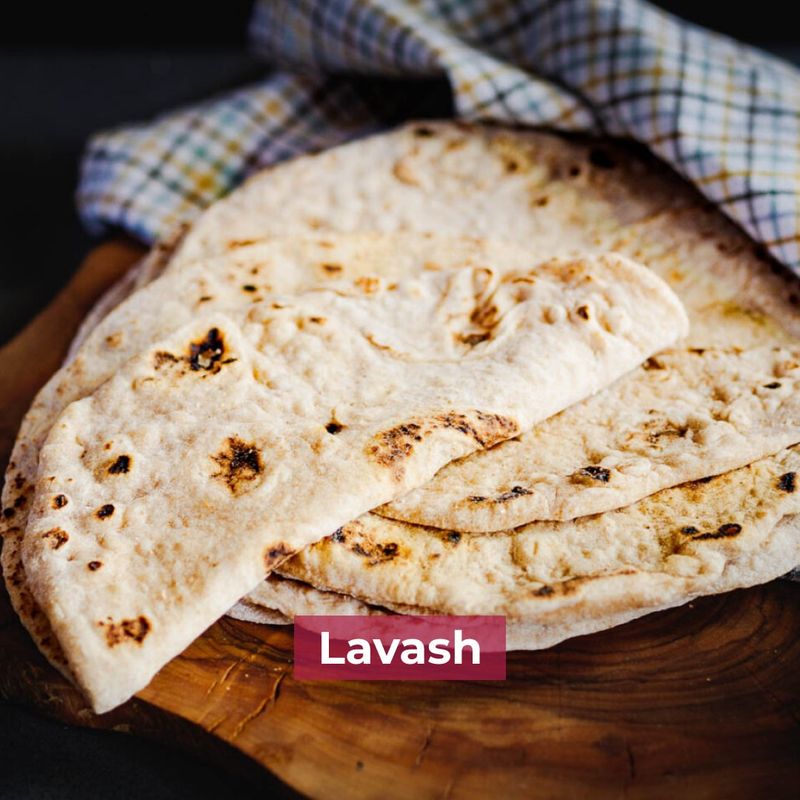
Lavash is a traditional Armenian flatbread, thin and pliable, excellent for wraps or rolls. Combine 500g of flour, 10g of salt, 7g of yeast, and 250ml of water to form a dough. After kneading, let it rest for an hour. Roll the dough thinly, stretch it over a hot clay oven, and bake until lightly browned. Lavash has a mild flavor that complements various fillings or can be eaten plain. Its versatility allows it to be used in numerous dishes. Traditionally baked in a tonir, this bread reflects the cultural heritage of Armenia meals.
6. Pita from the Middle East
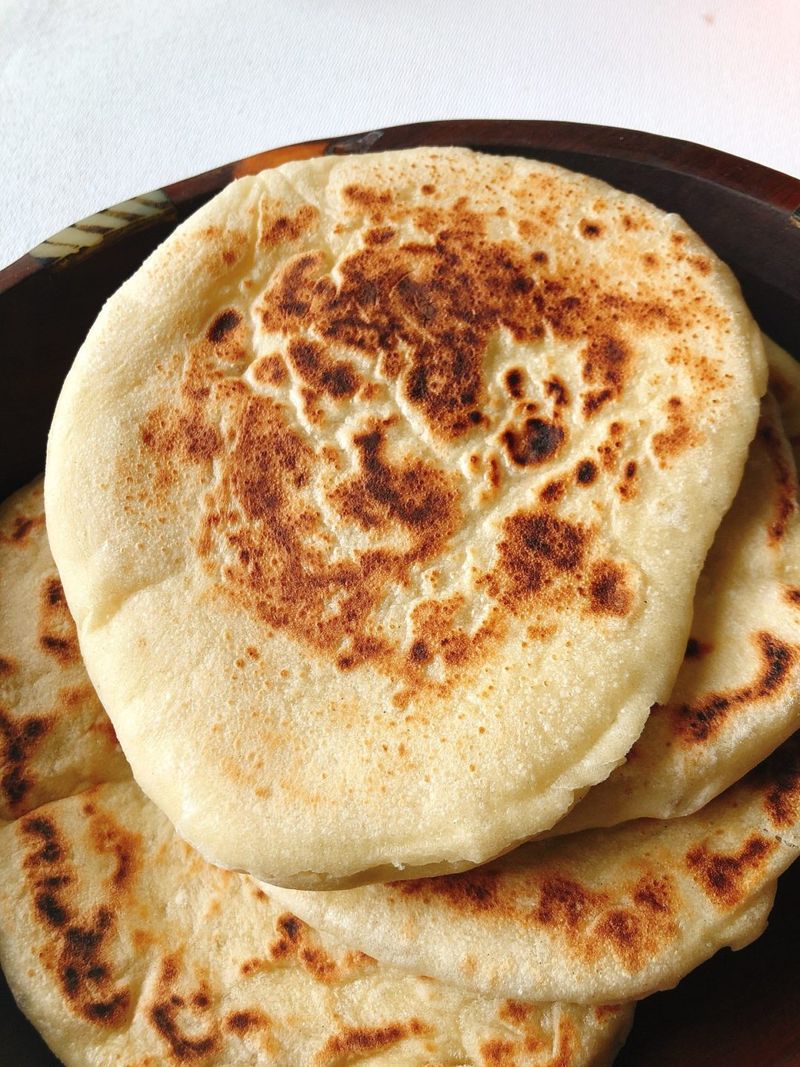
Pita is a round flatbread from the Middle East, known for its pocket, excellent for stuffing. To make pita, mix 500g of flour, 10g of salt, 7g of yeast, and 300ml of water. Knead until smooth and let rise. Divide into balls, roll flat, and bake in a hot stone oven until puffed and golden. The high heat makes the pocket, a distinctive feature of pita. It’s an ideal vehicle for falafel, hummus, or shawarma. Pita’s versatility makes it a staple in many dishes, and its ease of preparation makes it a favorite for both home cooks and professional chefs alike.
7. Naan from India
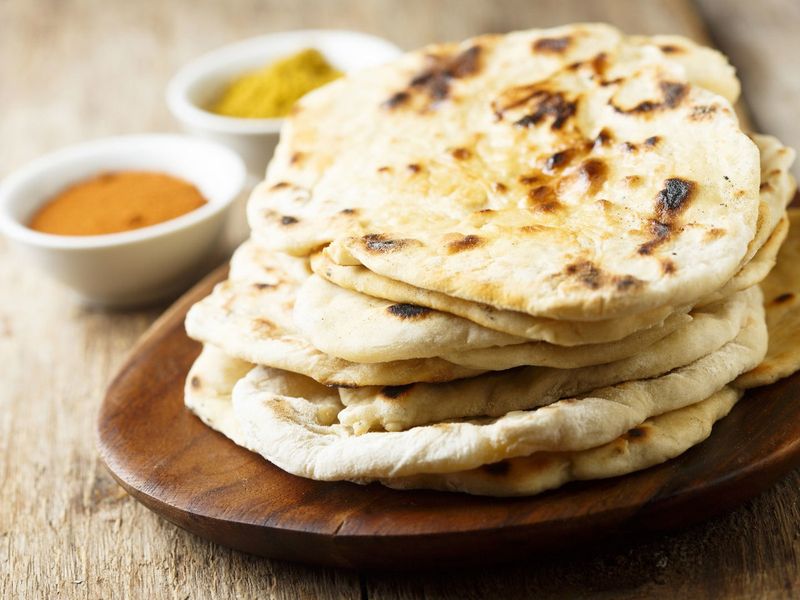
Naan is a soft, pillowy flatbread from India, often cooked in a tandoor oven. Mix 500g of flour, 10g of salt, 7g of yeast, 60g of yogurt, and 250ml of water to form a dough. Let it rest. Divide into portions, roll out, and cook on the sides of a hot tandoor until puffed and browned. Naan is typically brushed with ghee or butter before serving. This bread complements curries and stews, absorbing flavors beautifully. Its soft texture and rich taste make it a beloved choice in Indian dining. While traditionally made in a tandoor, it can also be prepared on a griddle at home.
8. Roti from Trinidad
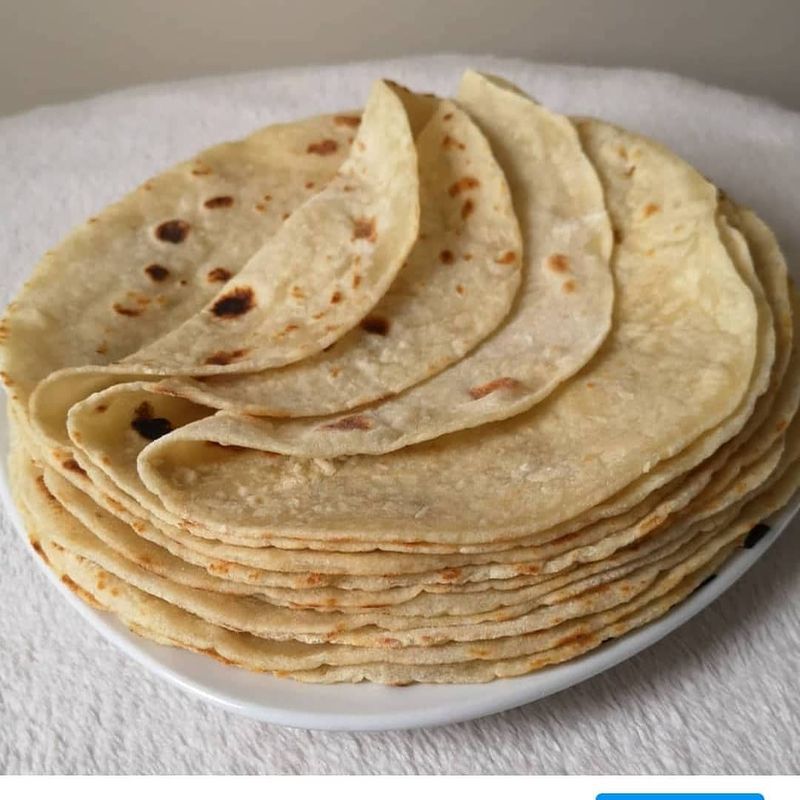
Roti, similar to Indian flatbread, is a staple in Trinidadian cuisine. To prepare, mix 400g of flour, 10g of salt, and 250ml of water into a dough. Allow it to rest. Divide into balls, roll out, and cook on a hot griddle, flipping until golden on both sides. This simple bread is soft and flexible, making it ideal for wrapping around meats and vegetables. Often served with curries, roti acts as both a food and utensil. Its simplicity belies its deliciousness, making it a versatile addition to any meal.
9. Focaccia from Italy
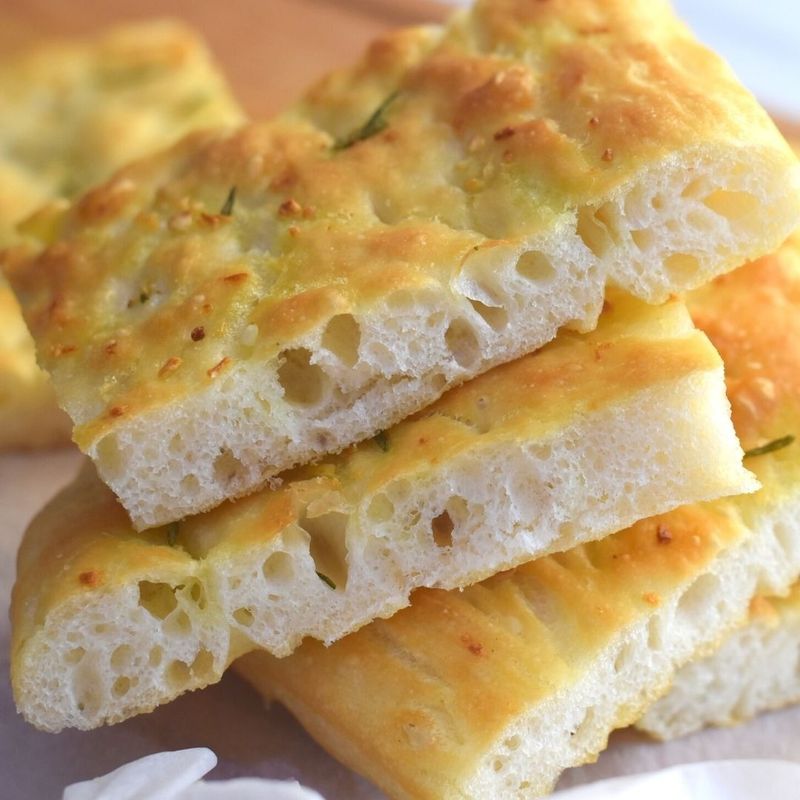
Focaccia is an Italian flatbread, known for its olive oil-rich, soft, and chewy texture. Combine 500g of bread flour, 10g of salt, 7g of yeast, 350ml of water, and 60ml of olive oil to form a dough. Let it rise until doubled. Spread onto a baking sheet, poke dimples with fingers, drizzle with more olive oil, and sprinkle sea salt. Bake at 220°C until golden. Focaccia can be topped with rosemary, olives, or tomatoes for added flavor. This bread is ideal as a side or used in sandwiches. Its texture and flavor are enhanced by quality olive oil, making it a favorite in Italian cuisine.
10. Tortilla from Mexico
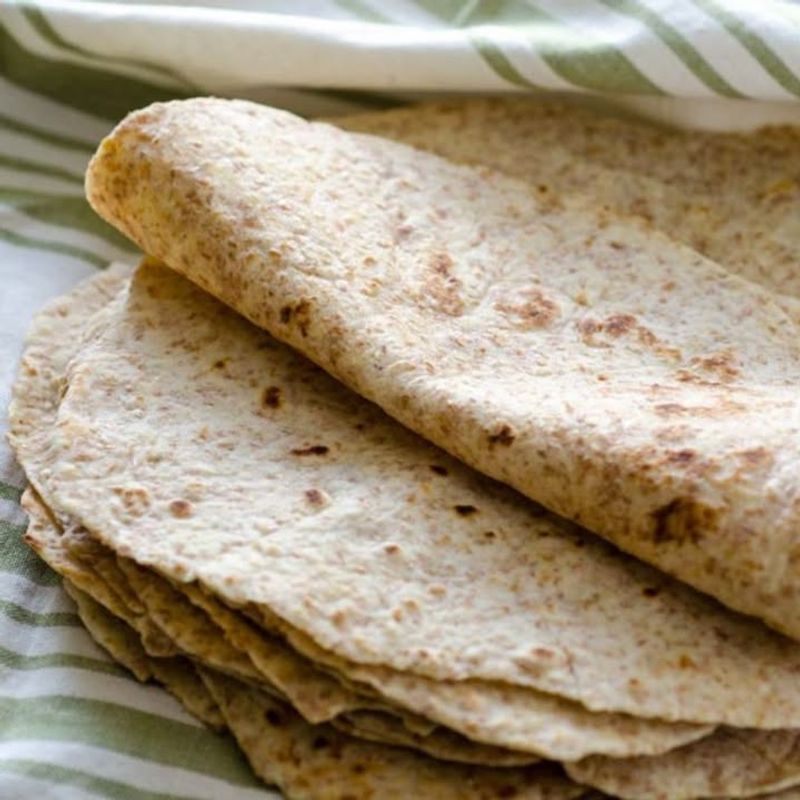
Tortillas are a staple in Mexican cuisine, beloved for their versatility. Made from masa harina, mix 200g with 300ml of water to form a dough. Divide into balls, flatten using a tortilla press, and cook on a hot griddle. Soft and pliable, tortillas are ideal for tacos, burritos, or enchiladas. Their simplicity allows the flavors of other ingredients to shine. Traditionally made with corn, they offer a distinct taste that’s central to Mexican dishes. Ensuring the dough is the right consistency is crucial; it should not be sticky or too dry. These are best enjoyed fresh, bringing authentic taste to any meal.
11. Rugbrod from Denmark
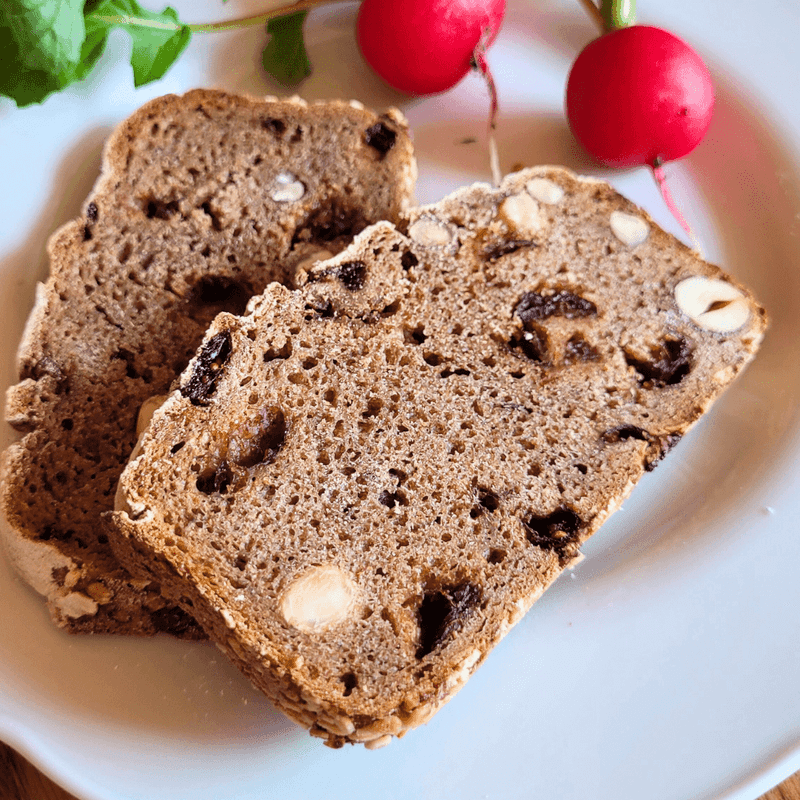
Rugbrod, a dense rye bread from Denmark, is packed with seeds and whole grains. To make, mix 500g of rye flour, 100g of wheat flour, 10g of salt, 200g of mixed seeds, 7g of yeast, and 500ml of water. Knead into a dough and let it rise. Shape into a loaf and bake at 180°C until firm. This bread’s hearty texture pairs well with cold cuts and cheese. Rugbrod is a staple in open-faced sandwiches, known as smørrebrød. Its robust flavor and nutritional content make it a healthy choice. For best results, cool completely before slicing to maintain its structure.
12. Arepa from Venezuela
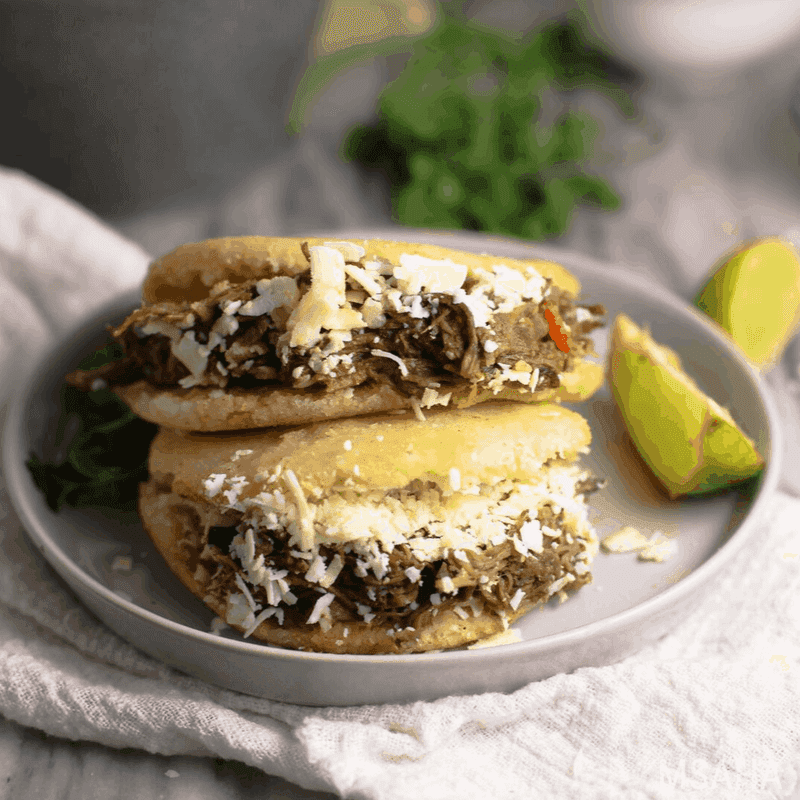
Arepas are a type of cornmeal bread from Venezuela, enjoyed for their crispy exterior and soft interior. To prepare, mix 300g of arepa flour with 400ml of water and a pinch of salt. Form into patties and cook on a griddle until golden and crispy on both sides. Often split open and filled with meats, cheese, or avocados, arepas are versatile and satisfying. Their neutral flavor makes them an excellent base for various toppings. The key is achieving the ideal balance of crispy exterior and soft, warm inside. Serve hot for the best experience, letting the fillings melt in your mouth.
13. Baguette from France
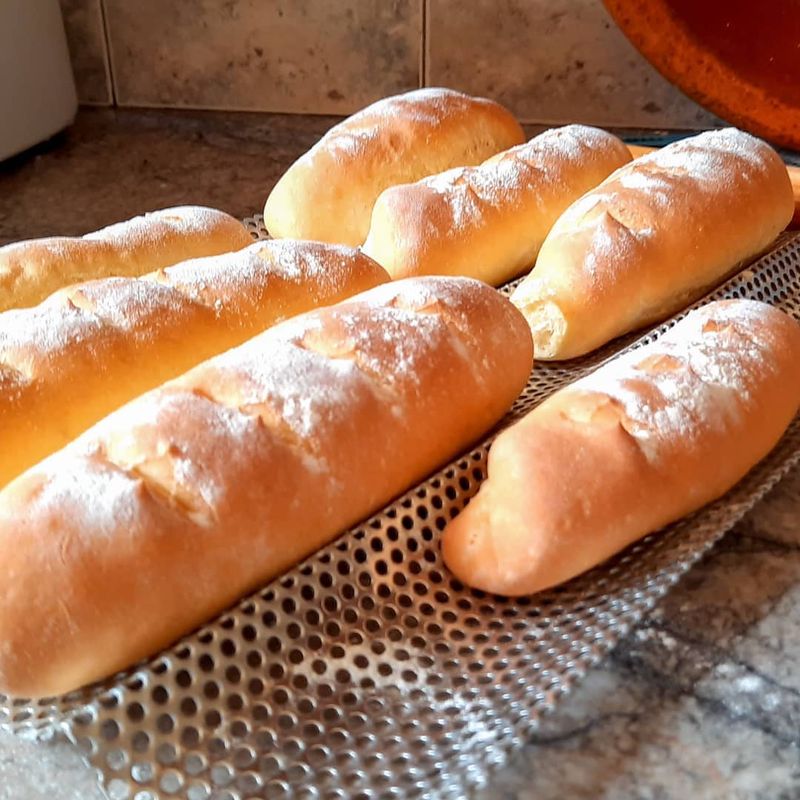
The French baguette is an iconic bread, known for its thin crust and elongated shape. To make this classic, mix 500g of bread flour, 10g of salt, 7g of yeast, and 300ml of water. Knead into a dough and let rise. Shape into long, thin loaves and let rise again. Bake in a preheated oven at 240°C with steam for a crisp crust. A baguette’s simple ingredients belie its complex flavor and texture. It’s ideal with cheese, butter, or as a sandwich base. The crisp exterior and soft inside make it a beloved choice worldwide, embodying traditional French baking.
14. Lefse from Norway
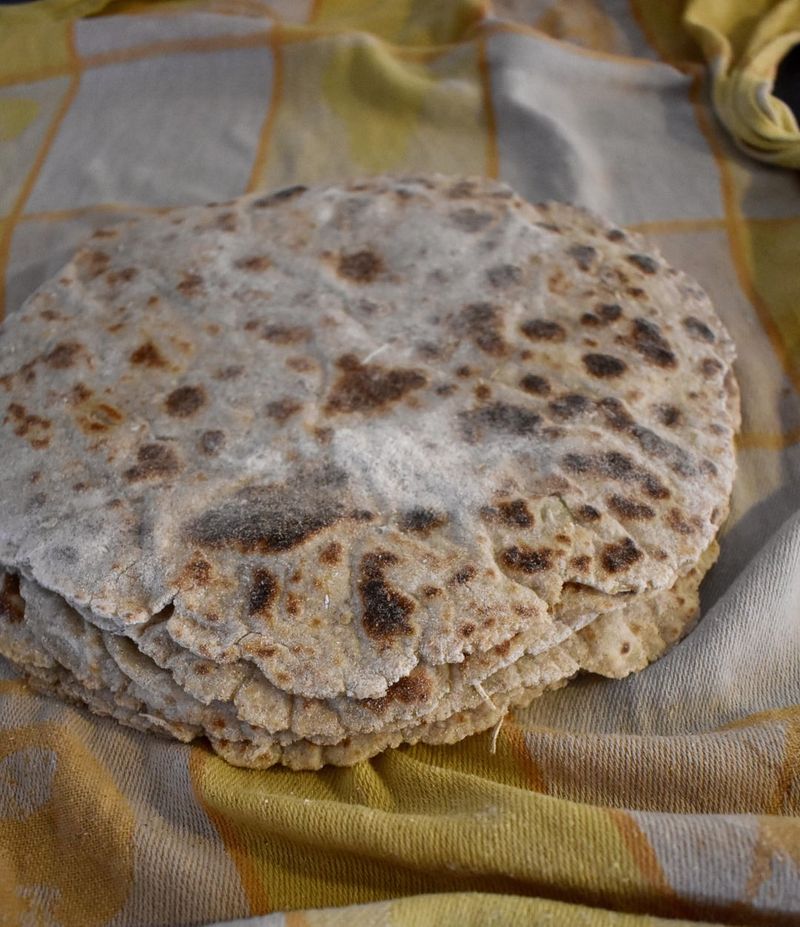
Lefse is a traditional Norwegian flatbread, soft and made with potatoes. Mix 500g of mashed potatoes with 200g of flour, 50g of butter, and a pinch of salt. Roll into balls, flatten, and cook on a hot griddle until browned. Often served with butter and sugar, lefse is a favorite at occasions. Its soft texture and mild flavor make it suitable for various toppings. Preparing lefse requires patience and practice, particularly in achieving the right thickness. The key is a well-floured surface to prevent sticking. Enjoy it warm, allowing the butter to melt and enhance its subtle taste.
15. Pretzel from Germany
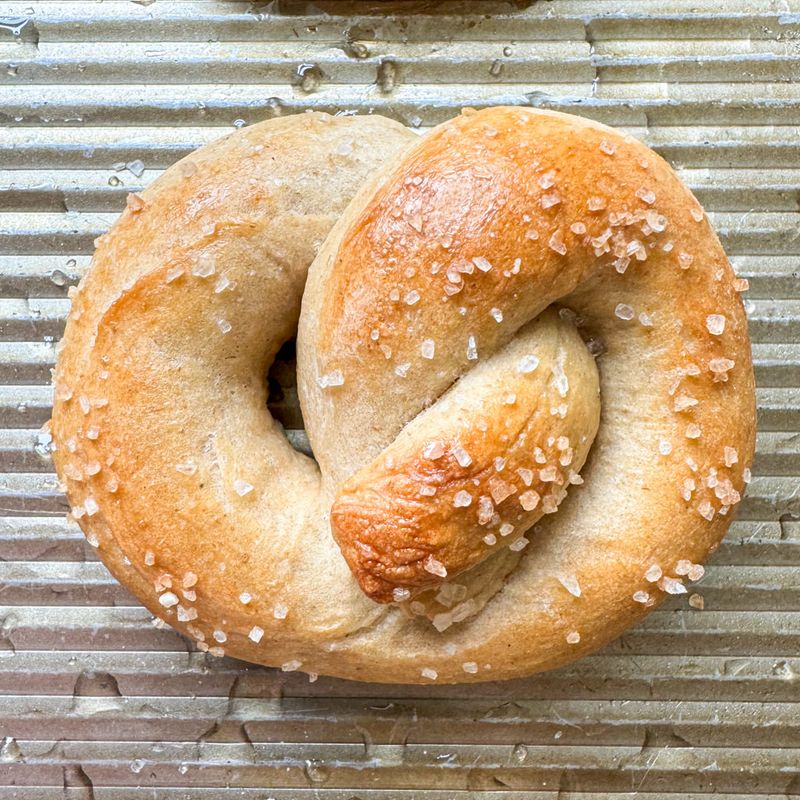
Pretzels, with their knot shape and salty crust, are a beloved German snack. To make pretzels, mix 500g of bread flour, 10g of salt, 7g of yeast, and 300ml of water into a dough. Shape into pretzels, boil in water with baking soda, and bake at 220°C until golden. This boiling step gives pretzels their distinctive crust. They’re ideal with mustard or cheese dip. Pretzels are not just a snack; they’re a symbol of German baking tradition. The chewy texture and salty flavor make them irresistible. Practice the twisting technique to get that iconic pretzel shape.
16. Bara Brith from Wales
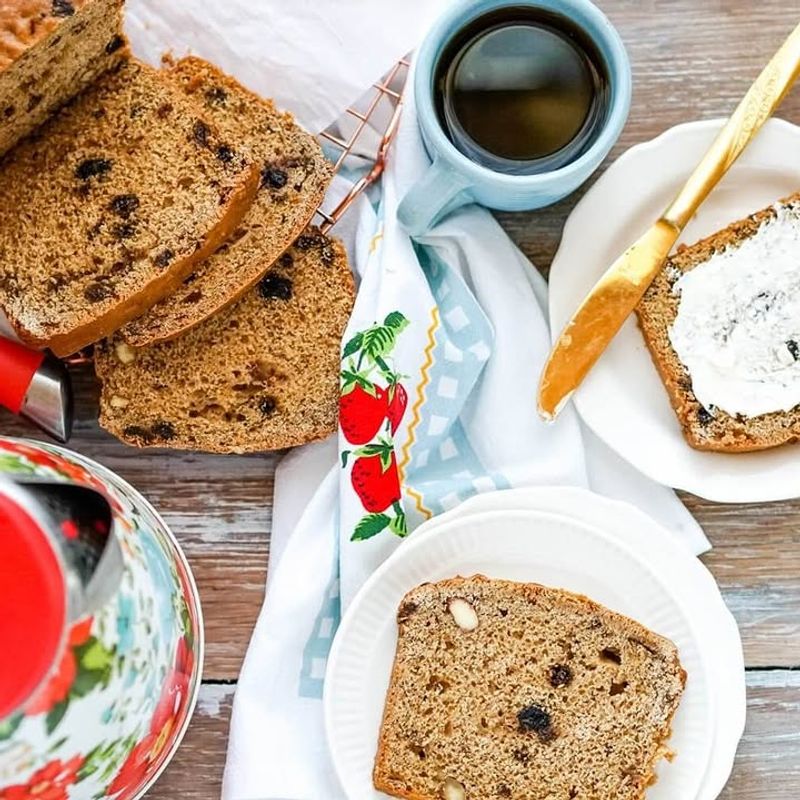
Bara Brith, meaning “speckled bread,” is a traditional Welsh fruit loaf. Combine 500g of self-raising flour, 300g of mixed dried fruit, 250ml of tea, 100g of sugar, and 1 egg to form a batter. Pour into a loaf tin and bake at 180°C until cooked through. This bread is rich and sweet, often enjoyed with butter. Bara Brith’s unique taste comes from soaking the fruit in tea overnight. It’s a delightful treat for tea time. Its dense texture and fruity flavor are enhanced by the sweetness of the tea, making it a comforting choice for any occasion.
17. Damper from Australia
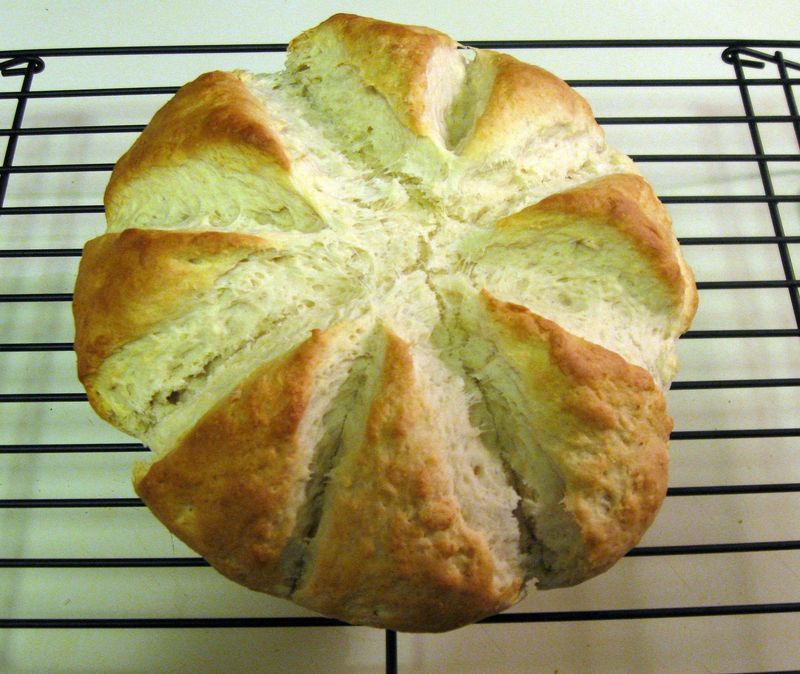
Damper is a traditional Australian soda bread, simple yet satisfying. Mix 500g of self-raising flour, 1 teaspoon of salt, and 300ml of water to form a dough. Shape into a round and bake over a campfire or in an oven at 200°C until golden. This bread is dense, with a crusty exterior and soft inside. Ideal for the outdoors, it’s typically served with golden syrup or butter. Damper’s simplicity makes it a versatile choice for any meal. Its origins lie in the Australian bush, where it was an essential food for explorers and travelers. Enjoy it warm for the best taste.
18. Broa from Portugal
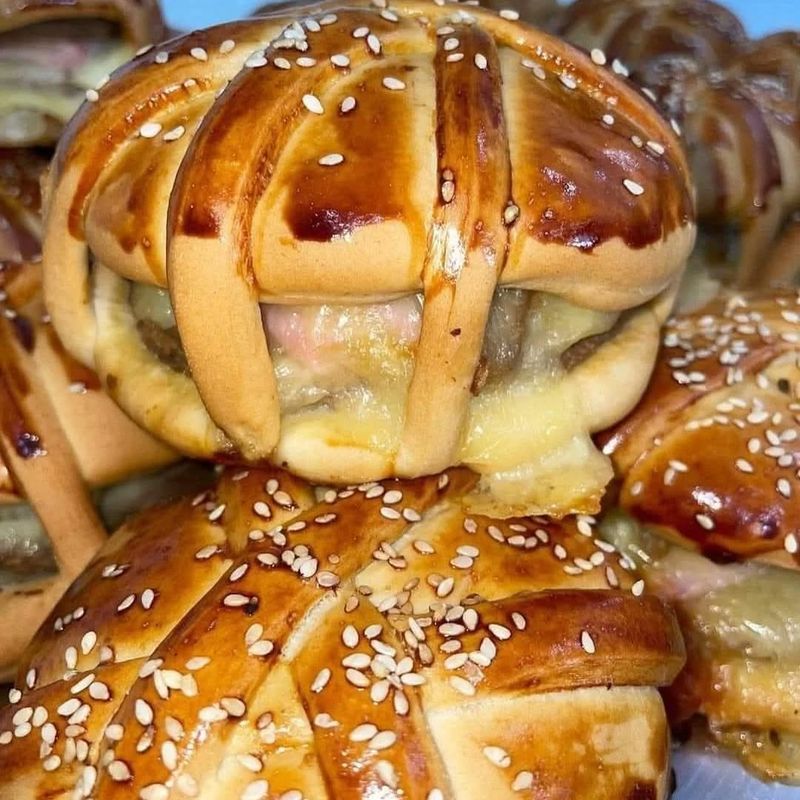
Broa is a Portuguese corn and rye bread, dense and flavorful. Mix 300g of cornmeal, 200g of rye flour, 10g of salt, 7g of yeast, and 300ml of water. Knead into a dough and let rise. Shape into a round loaf and bake at 200°C until firm. This bread has a hearty texture, ideal for soups or stews. Broa’s unique flavor comes from the combination of corn and rye, offering a rustic taste. Its dense crumb and slightly sweet flavor make it a ideal accompaniment to savory dishes. Ensure the dough is well-kneaded to achieve the best texture.
19. Pulla from Finland
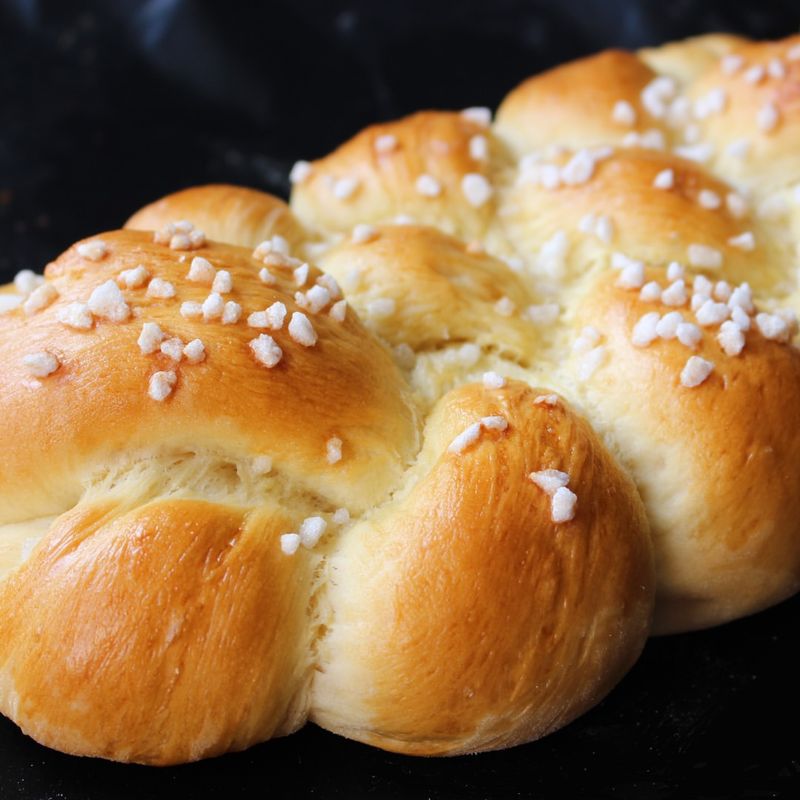
Pulla is a Finnish sweet bread, flavored with cardamom and often braided. Mix 500g of flour, 100g of sugar, 10g of salt, 7g of yeast, 2 teaspoons of cardamom, 100g of butter, 2 eggs, and 300ml of milk. Knead into a dough and let rise. Shape into braids or rolls, brush with egg wash, and bake at 200°C until golden. Pulla’s sweet and aromatic flavor makes it a favorite for coffee breaks. Its soft, fluffy texture is complemented by the spice of cardamom. This bread is often enjoyed plain or with a bit of butter, highlighting its delightful flavor profile.
